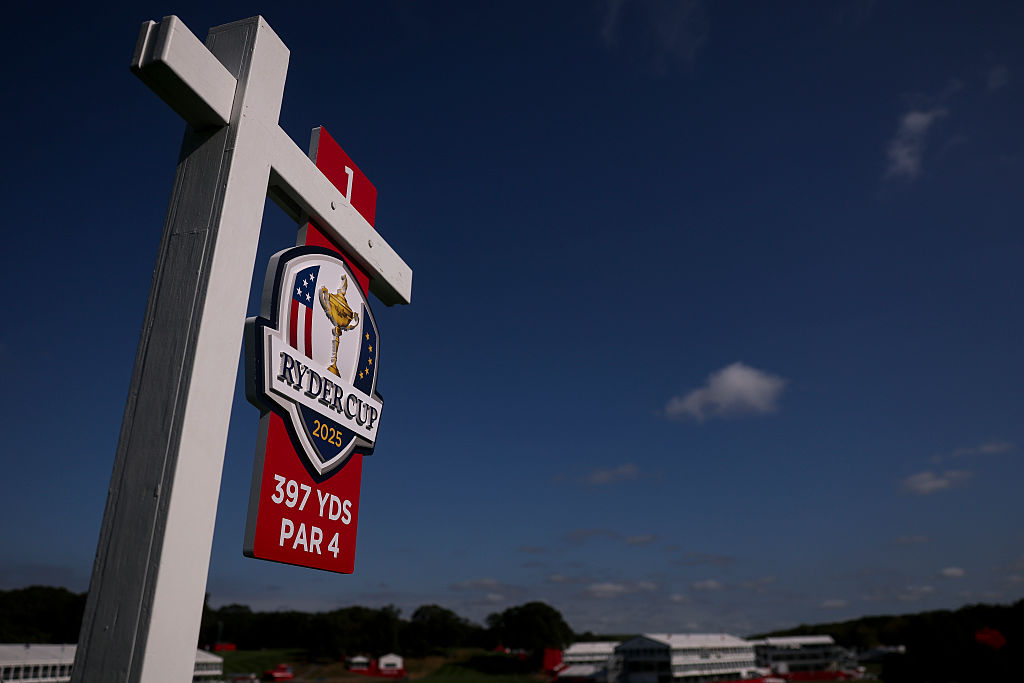June 26, 2022 – The conjunction of the waning crescent moon with Venus as they were rising low in … More
There are few more spectacular sights in nature than the slimmest possible crescent moon, and on Friday, July 25, skywatchers around the world will get a chance to see just that. Just after sunset, as the sky begins to darken, a 2%-lit waxing crescent moon will appear just hours after being in its invisible new phase. Here’s how, when and where to see it.
Where And When To Look
On Friday, the slender crescent moon will appear shortly after sunset and set soon after, which leaves only a short window to catch it before it vanishes in twilight. So head outside immediately after sunset and look to the northwestern horizon. The moon will sit extremely low on the horizon. In perfect conditions, you’ll see a delicate, razor-thin curve of moonlight glowing faintly against the dusk sky.
Observing Tips
To catch the slender sliver of moonlight, your observing location spot will need to give you a completely unobstructed line of sight. Think open fields, high balconies or hilltops — a flat, unobstructed view is essential. You’ll also need ideal conditions because any cloud on the horizon will probably block your view. With those in hand, use a pair of binoculars to find the crescent moon. With persistence — and some optical help — the beautiful and rarely seen sight will be yours.
The center ring shows the Moon as it revolves around the Earth, as seen from above the north pole. … More
Phases of the Moon
The moon is always half-lit by the sun, but from the surface of the Earth, it doesn’t look that way. That’s because the moon is constantly orbiting, getting further from the sun as it waxes to full moon, then closer to it as it wanes to a new moon. Moon-watchers have devised eight distinct phases for our satellite, each of which lasts for about 3.5 days:
- New (rises at sunrise, sets at sunset)
- Waxing Crescent (appears in the post-sunset night sky)
- First Quarter (rises at noon, sets at midnight)
- Waxing Gibbous
- Full (rises at sunset, sets at sunrise)
- Waning Gibbous
- Third Quarter (rises at midnight, sets at noon)
- Waning Crescent (appears in the pre-dawn night sky)
What’s Next In The Night Sky
On Saturday, July 26, a slightly brighter, higher waxing crescent moon will shine near Regulus, the brightest star in the constellation Leo, the lion. They’ll be about two degrees apart in the post-sunset western sky. A few nights later, don’t miss the Delta Aquariid and Alpha Capricornid meteor showers peak on July 29/30, which should see a flurry of shooting stars in the pre-dawn sky.
For exact timings, use a sunrise and sunset calculator for where you are, Stellarium Web for a sky chart and Night Sky Tonight: Visible Planets at Your Location for positions and rise/set times for planets.
Wishing you clear skies and wide eyes.
Source link



